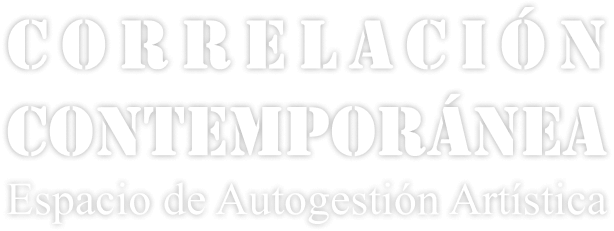RESULTS OF THE PROGRAM
THINKING OUR CONSEQUENCES
RESEARCH IN CONTEMPORARY ART FROM HOME
These conversations have generated a series of visual elements that allow us to socialize our reflections on education, art system and mechanisms of artistic circulation.
THINKING OUR CONSEQUENCES closes this volume with the certainty of having built a space that uses the potential of dialogue to question the standards of art circulation and the Peruvian educational system in order to encourage collective responses to national problems.
PARTICIPANTS
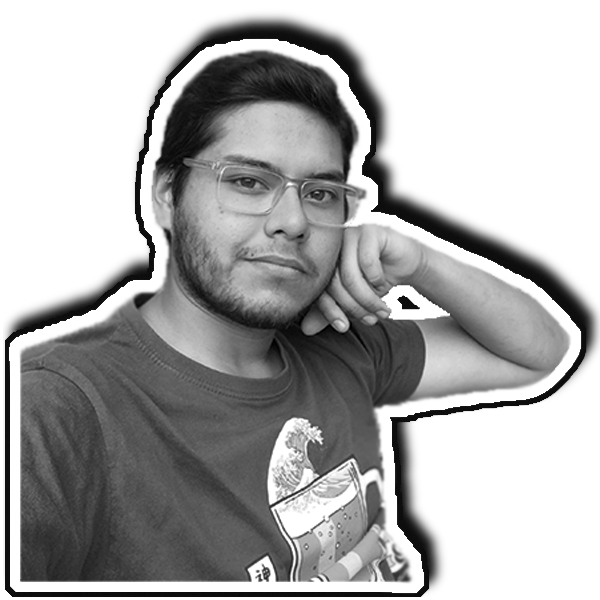
Jose Romero
Musician, DJ and visual artist. He graduated with honors as a photographer at the Centro de la Imagen school in 2020, he obtained the first position in degree projects. He is currently studying to obtain a bachelor's degree. His work explores concepts related to lack in the social, emotional, moral and mnemonic.
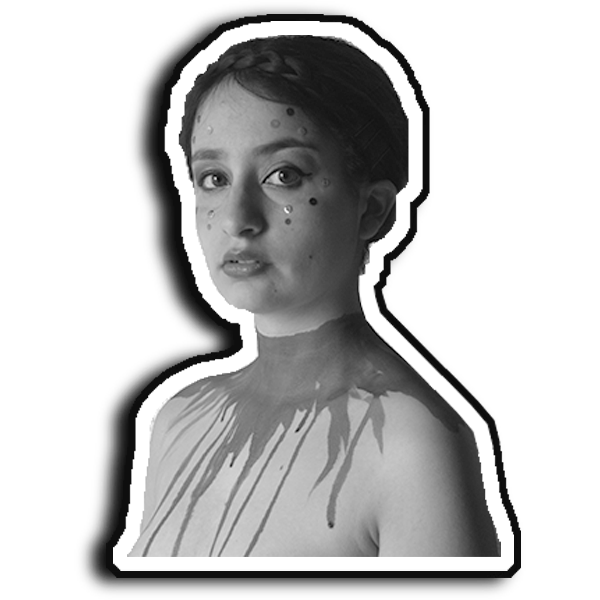
Maria Talia Choy
Visual and scenic artist. Art, Fashion and Textile Design student (PUCP). Member of the queer anarcho collective "scandalous collective". She is currently in a process of image exploration (self-portrait) and video, where the themes range from the exploration of the body and distortion of the image itself. Also, she uses dance and theater as an expressive tool.
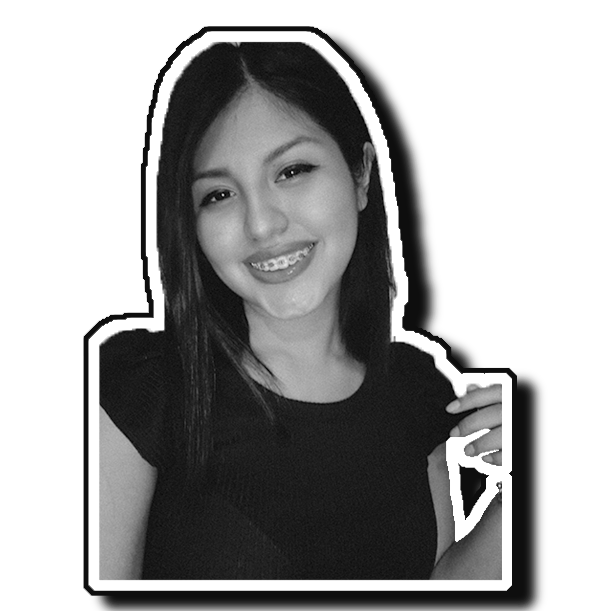
Nayeli Orcon
Art-educator. Art Education student (PUCP). She investigates and explores the teachings- learning from an analytical and critical perspective. Currently, she is in an educational project participating as an illustrator of the web series, Ana and Covid-19: Little stories. Also, she is a volunteer teacher for boys and girls from different parts of the country in Creando y danzando ando organization.
RELATIONAL GRAPHICS
DIGITAL PUBLICATION
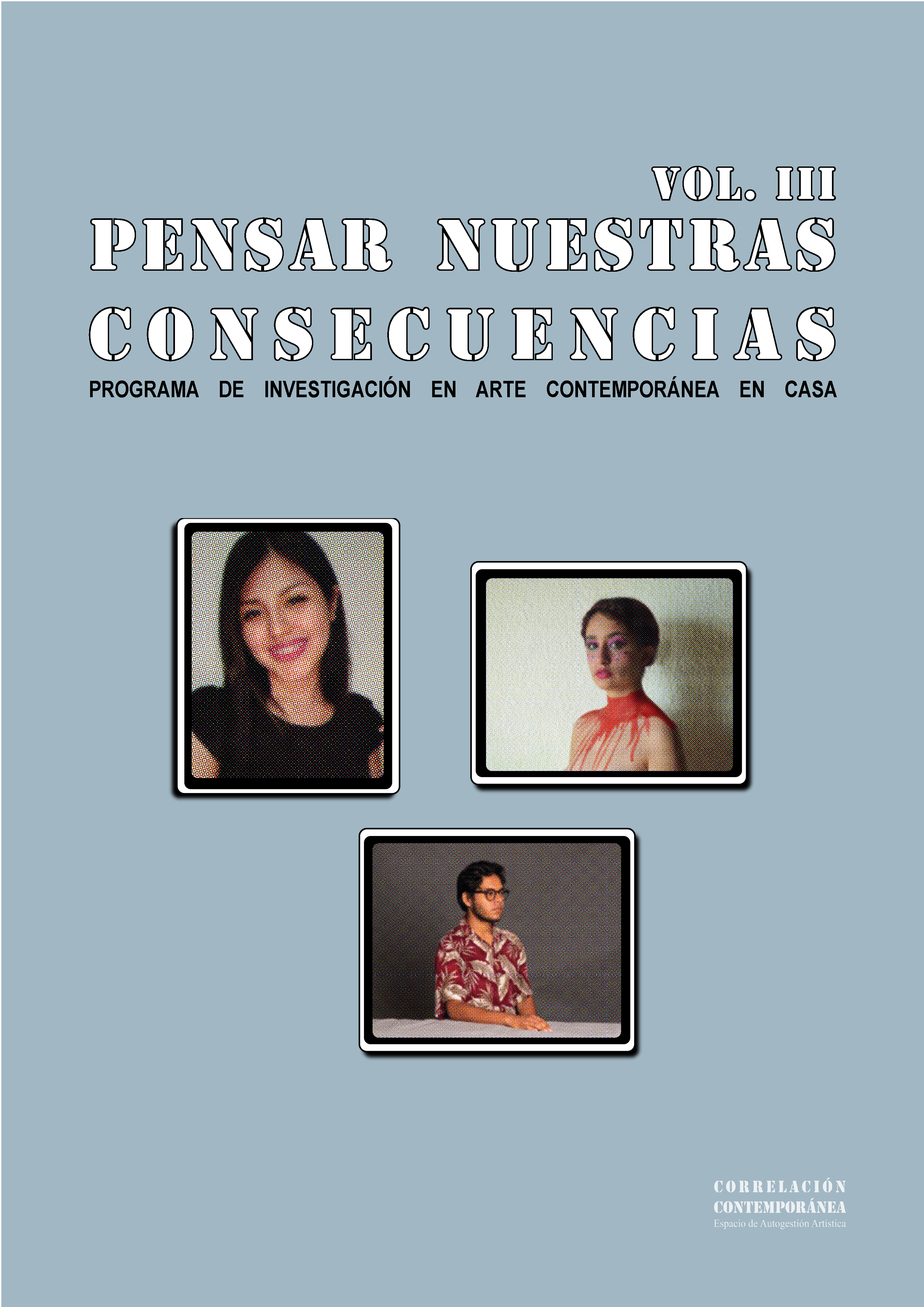
CONCLUSIONS
As autonomous management space we continue THINKING OUR CONSEQUENCES. Self-questioning has developed a horizontal dialogue with the artists who accompany us. For this reason we want to thank Jose, Maria Talia and Nayeli for building together a space - urgent space - for reflection and criticism. The space as a laboratory for creation or promotion of collective and collaborative work to diversify the local scene.
Finally, the development of the program and creation are roadmaps with different directions that lead us towards new initiatives. These new initiatives will allow us to expand our research and work about self-management, associativity and collectivity that allow us to energize and face collaborative work from a sustainable perspective.
